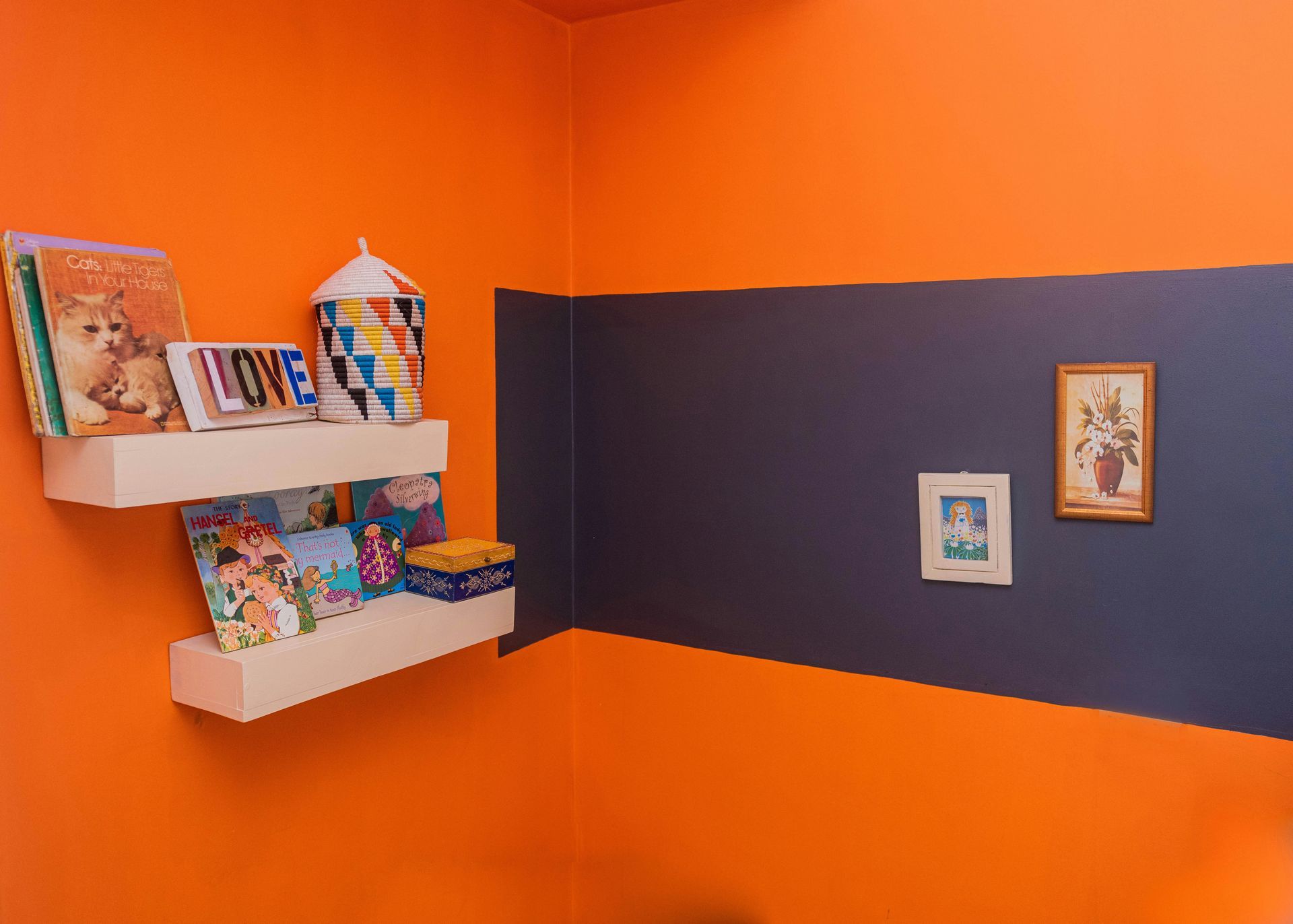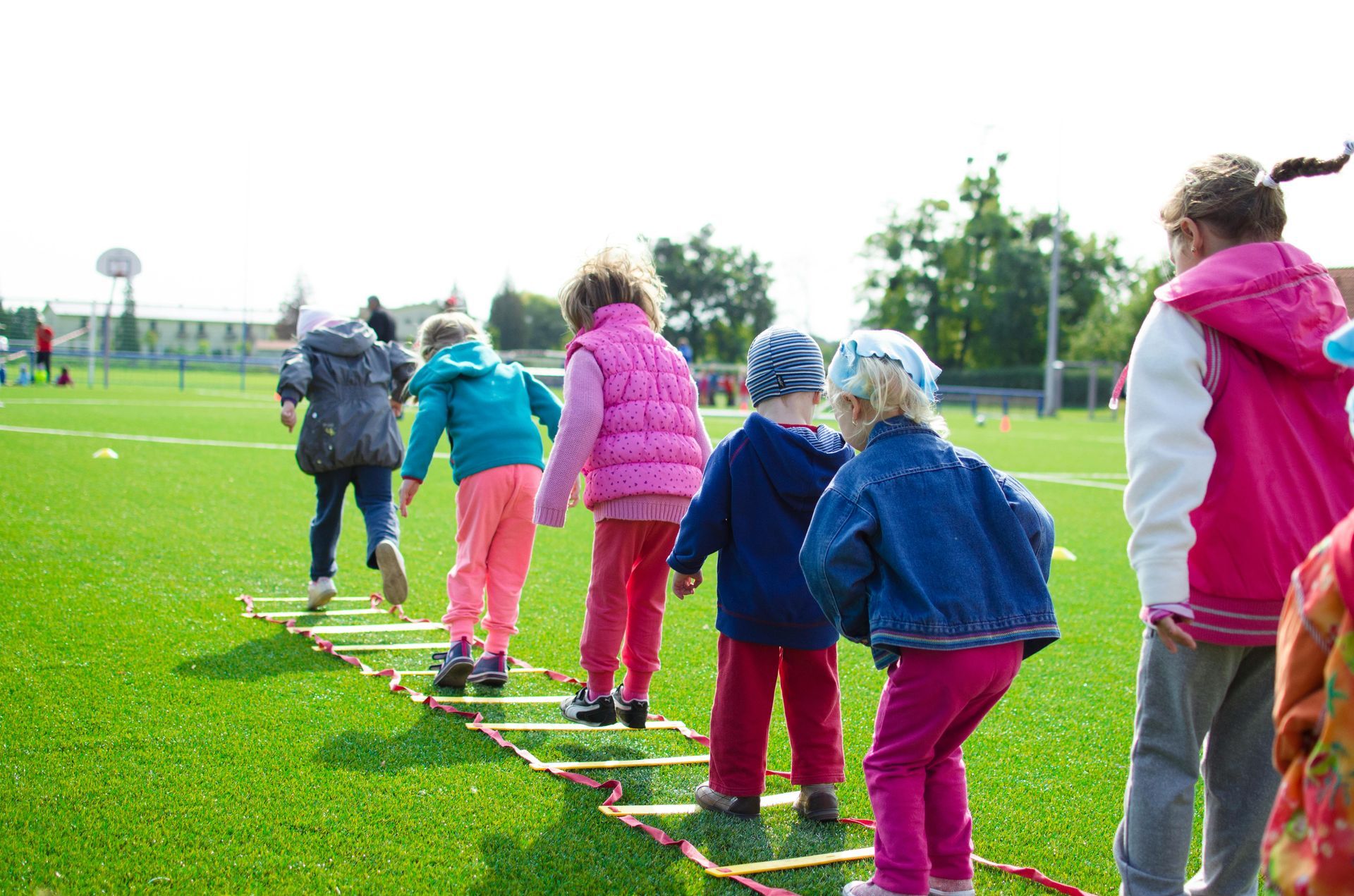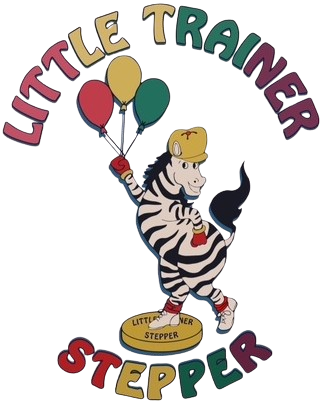Raising Movers, Not Sitters: Why Kids Need Active Play More Than Structured Workouts
Raising Active, Joyful Children
As parents, it is natural to want the best for our children—physically, mentally, and emotionally. But in an age of scheduled activities, digital devices, and constant sitting, many families are overlooking something fundamental: free, active play. While structured workouts and sports have their place, the most important movement for young children is spontaneous, unstructured activity driven by curiosity and joy. This kind of natural movement builds stronger bodies, healthier minds, and lifelong habits rooted in fun, not obligation.
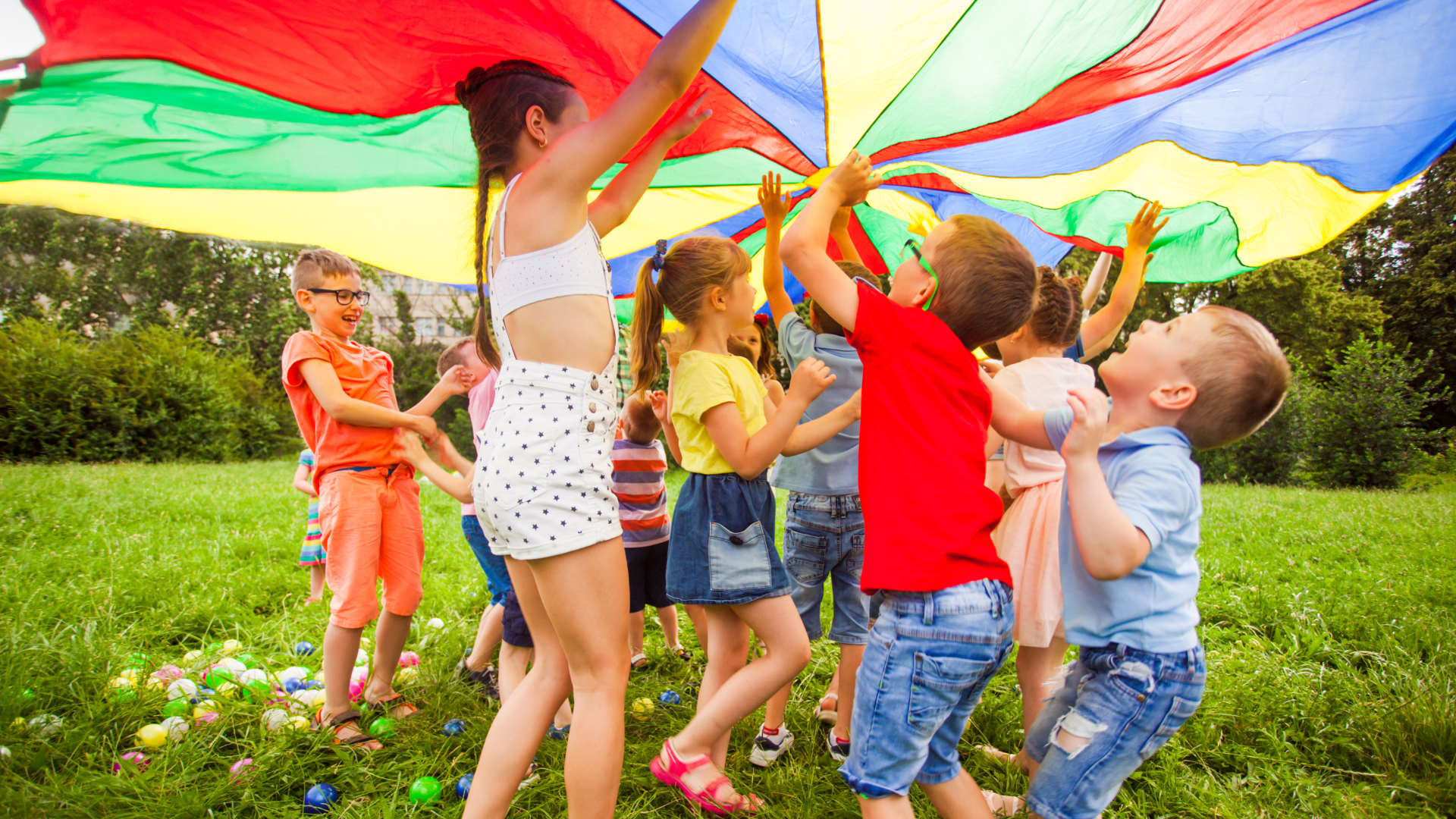
Movement is How Children Learn
Young children are not meant to sit still for long periods. Movement is not just good for their muscles—it is essential to brain development, coordination, and emotional regulation. Through activities like climbing, crawling, jumping, and balancing, kids develop their motor skills and learn how their bodies move in space. These simple actions also strengthen the neural pathways that support attention, memory, and problem-solving.
Unlike adults, children do not benefit most from regimented workouts or fitness programs. What they need is freedom to move throughout the day—in short bursts, on their own terms. That is why play-based movement is more developmentally appropriate than traditional exercise routines for kids under six.

Active Play is More Than Just “Fun”
Active play is serious work for young bodies. It builds muscle tone, improves balance and coordination, strengthens the cardiovascular system, and supports healthy bone growth. It also helps manage weight, promotes better sleep, and reduces the risk of chronic disease later in life.
But the benefits go beyond physical health. When kids are moving, they are also practicing social skills—learning to take turns, follow rules, and communicate. They are building confidence as they explore new abilities. They are releasing energy and reducing stress. And most importantly, they are enjoying the process of being active, which sets the foundation for long-term physical wellness.
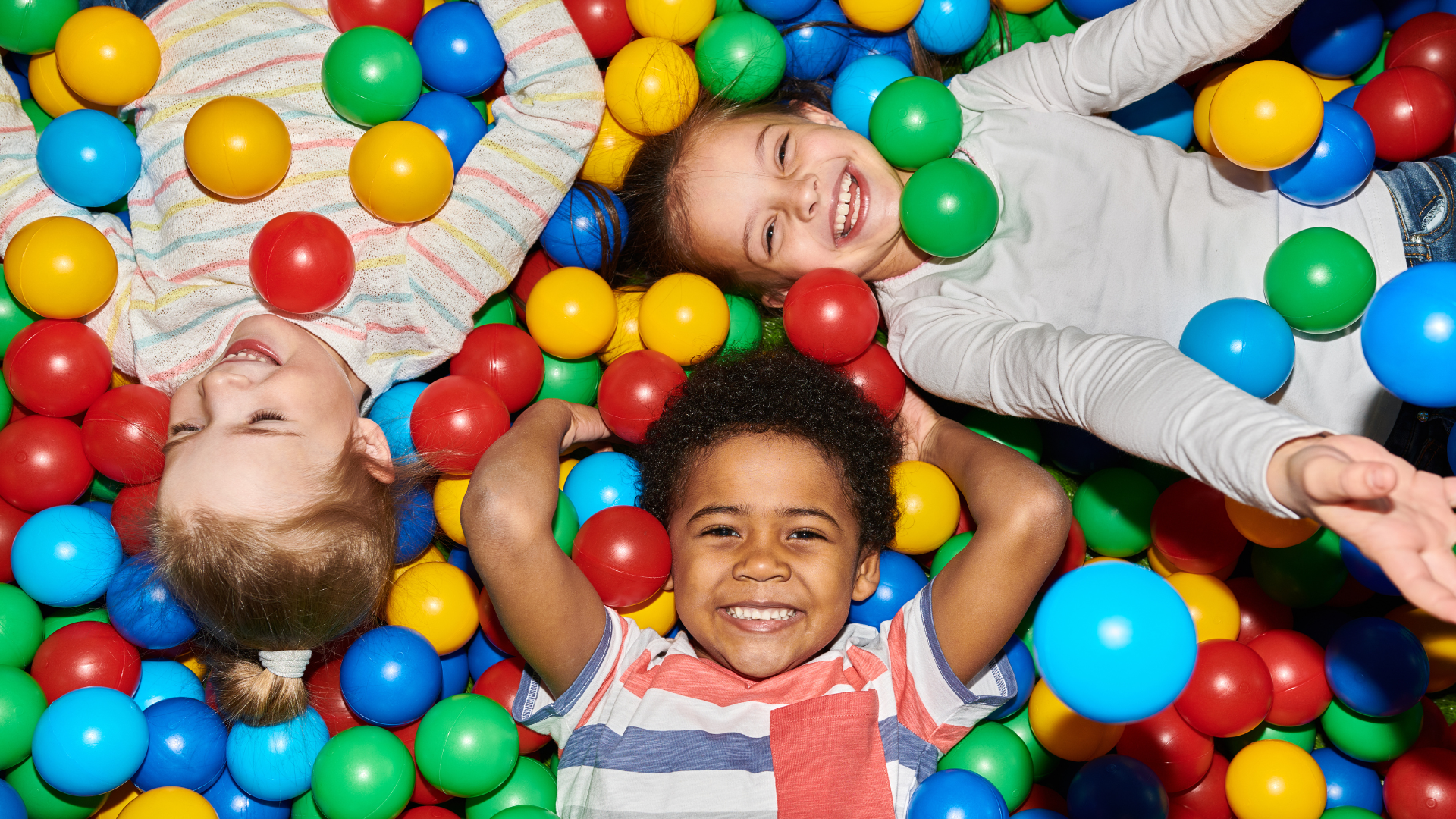
Tools That Encourage Movement Without Pressure
Creating a movement-rich environment at home does not require a large space or expensive equipment. What matters is accessibility and encouragement. Simple, child-sized tools like the Little Trainer Stepper give young children a fun and safe way to engage in active play. Because it is designed with their size and abilities in mind, it invites them to challenge themselves without frustration.
Unlike passive toys or screen-based entertainment, movement tools spark imagination. A child might use a stepper to “climb a mountain,” “balance on a beam,” or “march in a parade.” These open-ended experiences turn physical activity into creative expression—something they want to return to day after day.
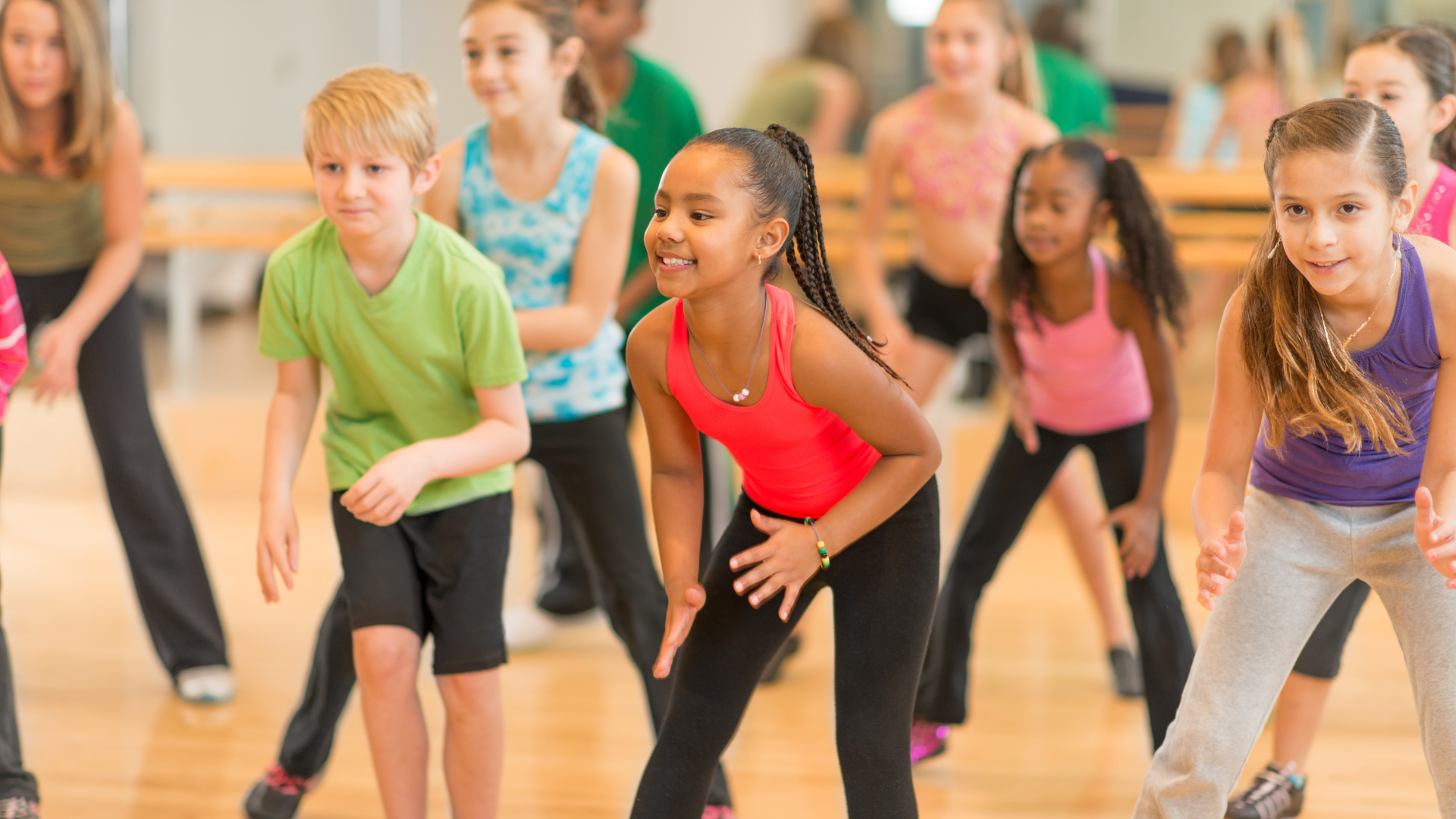
Creating Opportunities for Movement
To raise active children, families need to prioritize movement in everyday life. That does not mean adding more scheduled activities to an already packed calendar. Instead, it means allowing space for play, both literally and figuratively. Set up safe play zones at home. Encourage outdoor time as often as possible. Use tools that invite exploration and build confidence. Most importantly, model a lifestyle where movement is normal and enjoyable—not a chore.
Parents can also rethink screen time habits, break up long stretches of sitting, and celebrate small physical milestones with genuine enthusiasm. A child’s first successful jump or balance on a stepper may seem minor—but for them, it is a moment of pride that reinforces the value of being active.
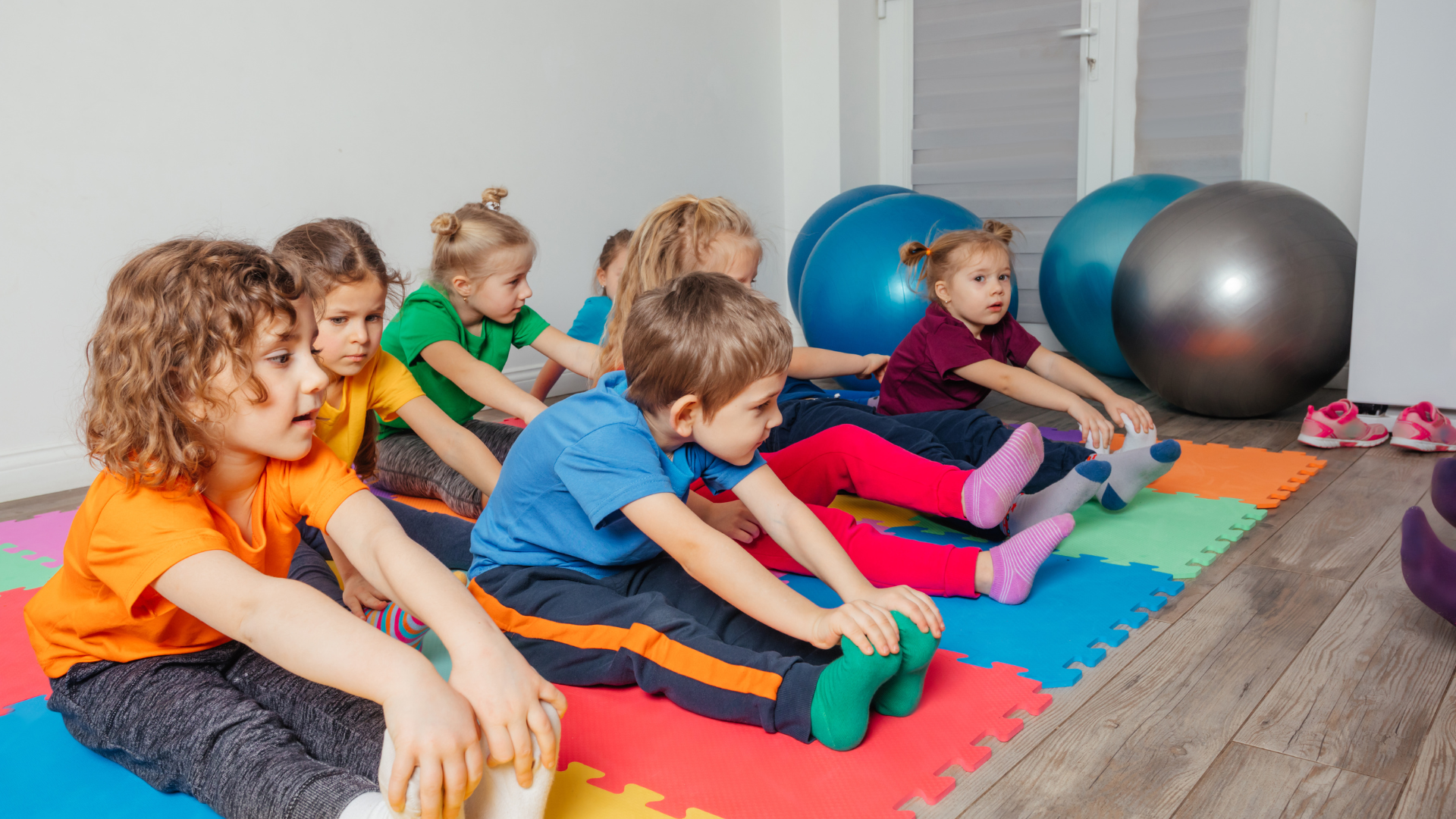
A Culture Shift Starts at Home
In a culture that rewards stillness and quiet, it can be tempting to think of movement as something to be controlled or limited. But kids are not designed to sit all day. They are designed to move, play, explore, and test their limits. By supporting this instinct early and often, parents help their children develop strong, healthy bodies and a lifelong love for being active.
With tools like the Little Trainer Stepper, families can support physical play in a way that is accessible, safe, and fun. Because when kids move with joy, they are not just getting exercise—they are becoming confident movers for life.

